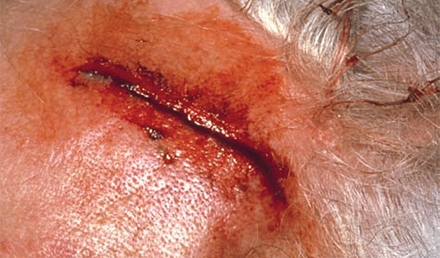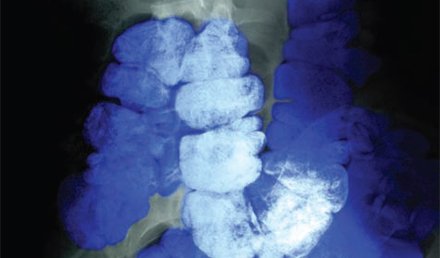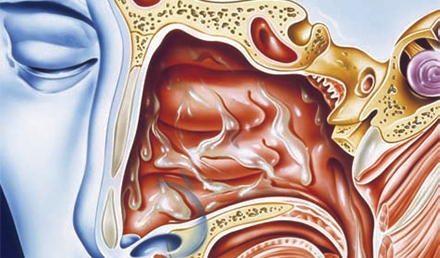Urgent message: Effective management of head lacerations starts with hemorrhage control but also requires an understanding of appropriate use of anesthesia, the possibility of closed head or nerve injury, and vigilance for non-accidental trauma. Clayton Josephy, MD, Samuel M. Keim, MD, MS, and Paper Rosen, MD Introduction Laceration repair is a common and important responsibility of physicians in the emergency and urgent care settings. A recent review of national trends in ED visits revealed that …
Read More





